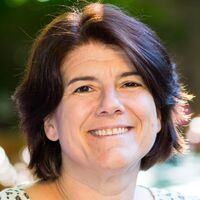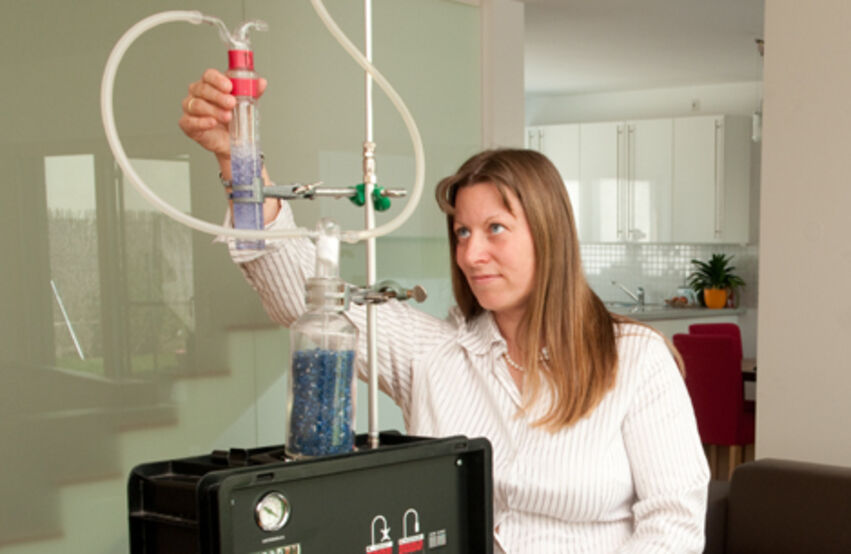How the Lake Constance region can become a pioneer for healthy building
Emissions from building products can have a significant impact on indoor air quality. It is not uncommon for indoor measurements to show higher concentrations of pollutants than at busy road junctions. As we spend more than 90 % of our lives indoors, the right choice of building materials (paints, varnishes, plasters, etc.) can significantly improve the health and thus the quality of life of the occupants.
Regional structures (e.g. quality seals for buildings and construction products, funding programmes and public tendering initiatives) have been established to support the construction of such buildings. These are based on criteria that enable the ordering and installation of low-emission building products. However, the definitions, test specifications and implementation aids used vary from region to region. This hinders the development of a common internal market for low-emission and environmentally friendly construction products. At the same time, the regional initiatives pursue different strategies in marketing and in the design of funding programmes.
Model ÖkoBau criteria
In Austria, a broad harmonisation of the criteria for the procurement of low-emission building products has already been achieved: the "ÖkoBauKriterien" not only form the basis for the ecological procurement programmes "ÖkoKauf Wien", "Kommunalgebäudeausweis" (KGA) and the action plan for sustainable public procurement (naBe), but are also used in the building assessment systems "klimaaktiv bauen und sanieren", "Total Quality Building" and the new Wohngsund standard in Vorarlberg.
The ÖkoBau criteria can be viewed transparently and free of charge on the baubook platform "ökologisch ausschreiben" www.baubook.info/oea. Manufacturers and retailers can declare the properties of their products accordingly.
Potential for harmonising criteria
Harmonisation of the product-specific requirements with the other countries in the Lake Constance region offers great opportunities for manufacturers of low-emission and environmentally friendly building products, as the effort involved in declaring the building products is significantly reduced. The expansion of the market increases the number of suppliers and products in the programme area and makes the implementation of appropriate buildings much easier.
The supra-regional "wohngesund" project team therefore identified potential for harmonisation in the requirements of MinergieEco (CH), the assessment system for sustainable small residential buildings (D) and the ÖkoBau criteria (A) and derived recommendations for action from this.
The following steps were taken:
- Survey of the regional material assessment standards
- Analysis of the criteria, requirements and test certificates for buildings and construction products
- Survey of country-specific technical difference
- Identification of potential for further development of the criteria with regard to the avoidance of problematic ingredients and emissions
The following results and findings were achieved:
- 173 criteria relevant to housing health were compared, Only 2 of the 173 criteria were identical in terms of content.
- There was a high level of agreement in 7 of the 22 subject areas analysed - a detailed comparison was therefore carried out for these.
- An exchange on the state of knowledge and discussion in the regions took place on three topics that are important for the future - nanomaterials, microplastics and human and ecotoxic substances that are not covered by REACH.
- The online platform "baubook criteria workshop" was set up as part of the project. In future, it will serve as a forum for current health issues in the home and their potential application in the form of building material criteria
More information from the Vorarlberg Energy Institute.




